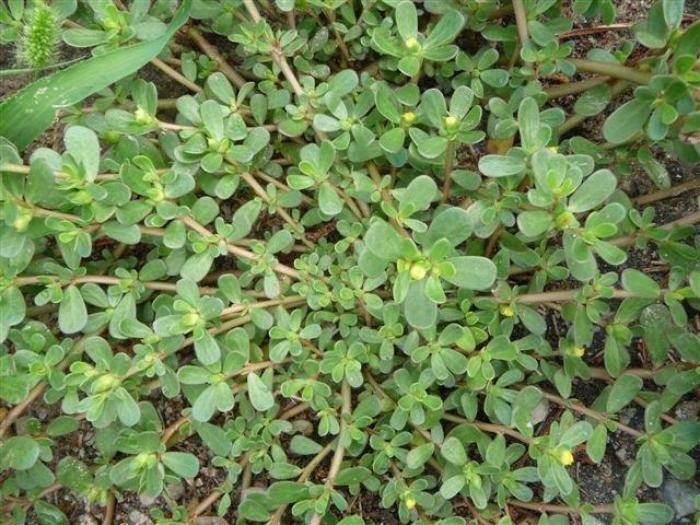
I decided to do this blog on one of my favorite naturalized garden weeds since it has been in the news lately. Did you know that Portulaca oleracea contains the highest amount of omega-3s of any plant in the vegetable kingdom, not to mention it is full of minerals and vitamins A and C?
Purslane
Portulaca oleracea
Characteristics: hardy annual; grows 12 to 15 inches tall; green paddle-shaped leaves, thick stems sometimes with a purple tinge, small yellow flower.
Hardiness: hardy to zone 8
Light: full sun
Water: moist, not wet
Soil: well-drained soil; pH between 6.0 to 6.5
Purslane has been cultivated in India and China for thousands of years and currently is grown and sold by the kilo in many European, Asian and Mexican markets. The bright green, succulent leaves of this potherb do not have much odor, while the taste is pleasant–mild, slightly herby and lemony tart. The sour lemon flavor is due to the oxalic acid present in the leaves. The texture is what takes some folks time to get used to since it is both crunchy and mucilaginous-the sliminess is off-putting to some-so I use it in ways that one doesn’t notice the texture. All aboveground parts are edible; the thick, succulent stems and leaves, and small yellow flowers can be eaten raw as a salad, mixed with other salad greens or in vegetable salads. In France it is often included in a mesclun mix. Purslane is a traditional ingredient of fattoush, a well-known Mid-eastern salad. I like it especially well with cucumbers, used in tzatziki, or with tomatoes in salad or salsa. It adds a tartness and crunch to grain, potato and pasta salads.
The leaves and stems can be sautéed and wilted with olive oil and garlic as they do in Greece, Italy and France. The “slimy quality” is not noticeable when cooked in a mess of greens. When cooked it does lose some of its tartness and is good in stir fries. The mucilaginous texture can be used to thicken soups, gumbos and sauces. In Mexico it is cooked with tomatillos and pork to make verdolaga, a peasant-style stew. In the past, it was popular to pickle the leaves and stems, and it is still a popular practice in Japan, to be eaten as a condiment with rice.
While I welcome this weed to volunteer in the garden, I also have grown both the golden and red portulacas, which do not get as tall and foliage isn’t as large as the naturalized plants. They all pretty much have the same taste, however the, golden purslane ‘Goldberg’ has gold-tinged leaves and sort of orange-colored stems. The red one, sold as ‘Gruner Red’ has green leaves and pinkish stems.
Purslane balks with cold weather, so wait to sow it outdoors until the soil has warmed, with daytime temps of about 80ºF. For an early start, plant seed indoors for transplanting. Choose a sunny location with enriched, well-drained soil and it should do well for you. I grow mine in the vegetable garden and use wheat straw mulch. It likes hot sun and plenty of air circulation rather than shade. Portulaca is a succulent, so it holds water in its stems and leaves. It can be fairly resistant to drought once it has been established. However, drought-like conditions will slow down growth.
Throughout the growing season, harvest center leaves and tip ends to encourage growth. Or cut the whole plant back to an inch or two above the ground, making sure to leave at least a full set or two of bottom leaves. The plant will put out new growth from the cut stems. Leaves and stems wilt quickly, so gather them into a shady basket and get them inside quickly; wash them in cold water, spin dry and refrigerate until ready to use. Use new smaller leaves for salads and large, older leaves and stems for cooking.


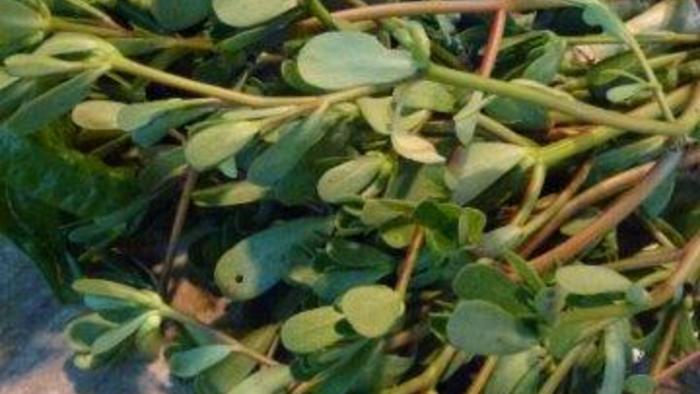
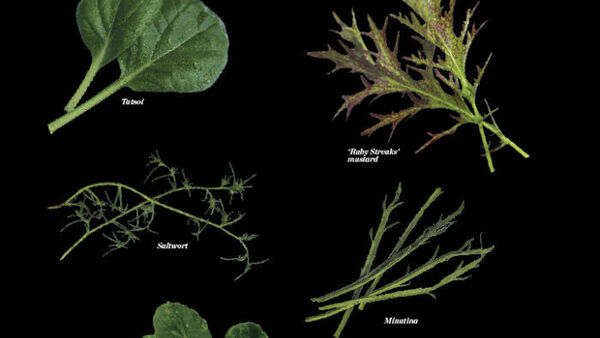
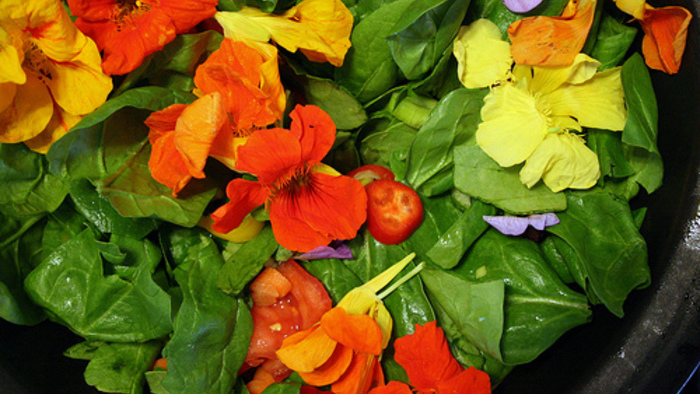
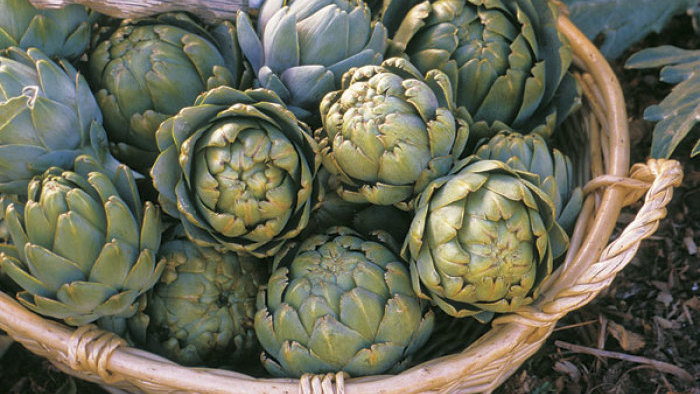












Comments
Log in or create an account to post a comment.
Sign up Log in